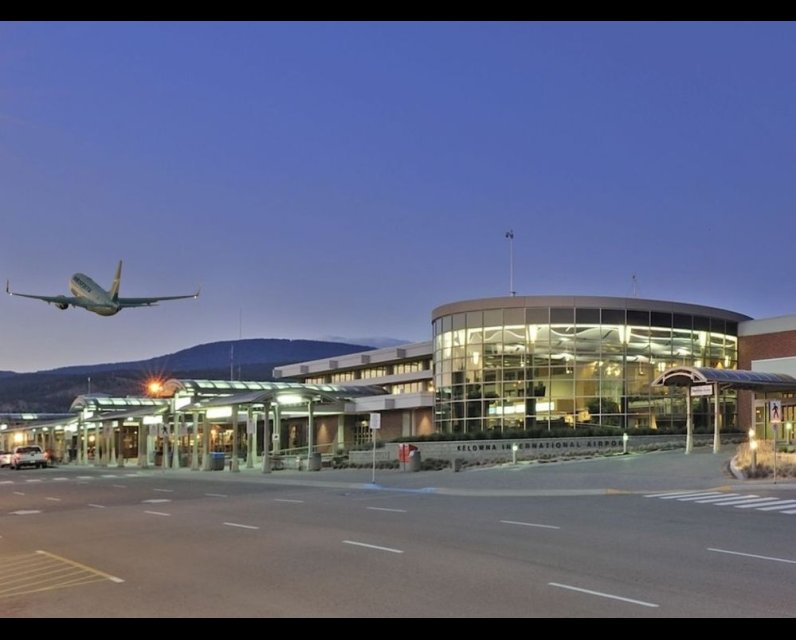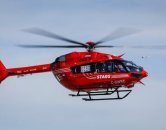Two Canadian airports are briefly closing towers over lack of air traffic controllers

At least two Canadian airports, in Kelowna, B.C., and Winnipeg, are so short of air traffic controllers (ATCs) that they have had to occasionally shut down their towers. Air Canada has gone so far as to tell its pilots “not to operate into these airports during short term ATC staffing shortage closures.”
A spokesperson for NAV Canada, the not-for-profit organization that delivers Canada’s civil air navigation services, told National Post: “The recent temporary closures in Winnipeg and Kelowna were precautionary measures taken under our Fatigue Risk Management System to ensure safe operations and protect the well-being of our employees.”
The spokesperson added that closures are generally brief. “For example, the Winnipeg closure last August was the only occurrence in recent years and lasted no longer than 30 minutes.”
National Post has reached out to Winnipeg’s airport authority for comment. Phillip Elchitz, Director of Operations at Kelowna International Airport, told the Post: “We’ve seen approximately 70 closures since the beginning of the year.”
He noted that the ATC tower in Kelowna operates 17 hours a day, from 5:30 a.m. to 10:30 p.m., and “sometimes finds itself in a position where there’s only one controller, and that controller is required to have fatigue breaks of 30 minutes. And when that controller has that fatigue break, the control tower closes for 30 minutes.”
Elchitz said NAV Canada coordinates the closure with the airport. “They let us know day of that they’re going to have a closure. And they try their best to schedule that closure during slower times for air traffic, and that helps us better understand when the tower is going to be closed and the impacts it may have on the operations at the airport.”
He added: “Absolutely, the airport can operate when the tower is not operating. There are uncontrolled aerodrome procedures in place that pilots are trained to follow in these sorts of circumstances.”
Elchitz noted that there are some airports in Canada that do not have ATCs and operate as uncontrolled airports all the time. “Hence the importance of the pilots being trained to operate in that environment. The uncontrolled aerodrome procedures do allow aircraft to take off and land during times when the tower is closed.”
He added: “For us as an airport operator (and) for NAV Canada, safety is everything for us. NAV Canada ensures that they put safety first, and they ensure that their staff are properly rested when they need to be, to make sure that it continues to be safe.”
Similarly, NAV Canada’s spokesperson said off the top: “The safety of Canadian airspace is, and will always remain, our top priority.”
However, the Air Canada memo, dated Oct. 14 and seen by National Post, says of Winnipeg and Kelowna: “These airports have control towers that were established due to high traffic volume and airport operation complexity.”
It adds: “Crew should not depart and arrive at these airports until the tower reopens. For arrival, be prepared to hold or divert, as required.”
Air Canada confirmed the existence of the memo but did not provide further details. A spokesperson for Kelowna’s airport said: “Our operations have not recently experienced any significant delays that can be attributed to this that we’re aware of.”
Staffing shortages have been a long-running issue at NAV Canada, and one the industry continues to grapple with .
Tim Perry, Canadian president of the Air Line Pilots Association (ALPA), told National Post: “ Air Traffic Controller shortages continue, leading to delays at various airports across Canada. This lack of stability in Canada’s aviation sector must be addressed, which is why ALPA Canada is actively working with the Canadian Air Traffic Control Association (CATCA) and is in dialogue with NAV Canada to find ways to work together to improve the situation moving forward.”
NAV Canada’s spokesperson said the organization “leaves no stone unturned when it comes to recruitment and training.”
“Over the past two years, more than 450 air traffic services professionals — including 240 new air traffic controllers — have joined our ranks, with nearly 500 more students currently in training across the country,” she said. “Through targeted recruitment campaigns, modernized training models, and our partnership with CAE, we are building long-term capacity and preparing the next generation of air traffic controllers.”
Our website is the place for the latest breaking news, exclusive scoops, longreads and provocative commentary. Please bookmark nationalpost.com and sign up for our newsletters here.


Comments
Be the first to comment